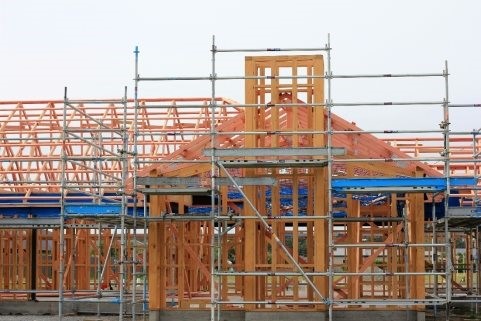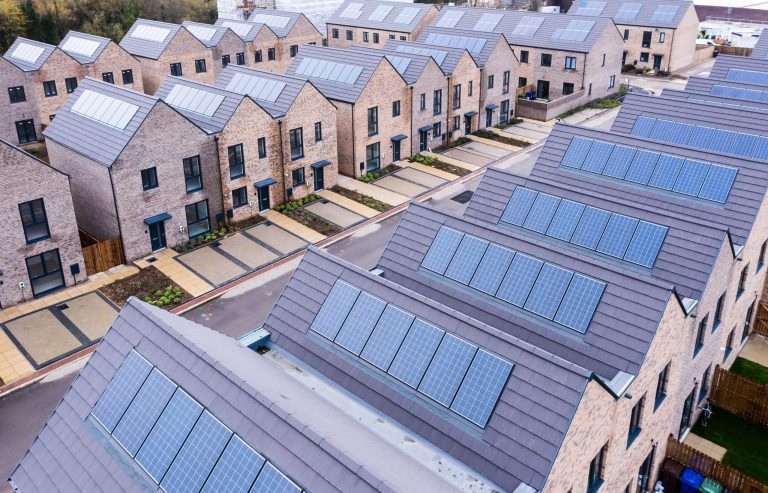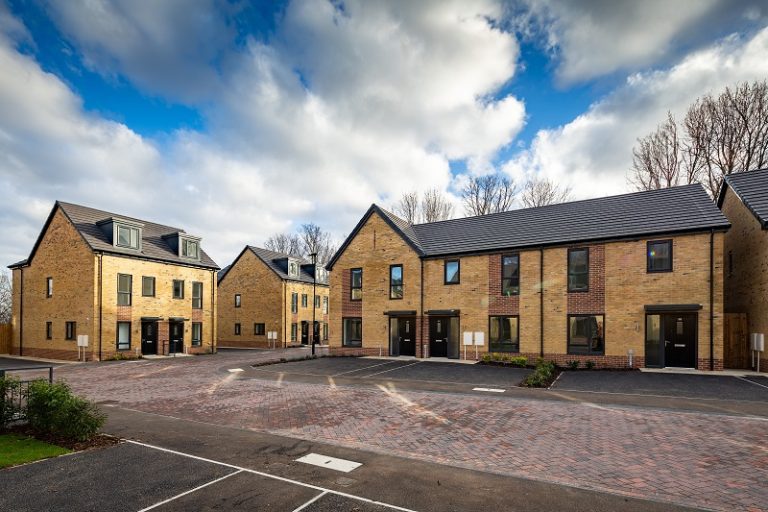Southwark Council and Bouygues UK have celebrated reaching the ‘topping out’ stage at the significant housing project Tustin Estate alongside London’s Deputy Mayor for Housing and Residential Development Tom Copley. Phase 1 of the project is 100% replacement affordable homes with all existing residents moving into new homes. Tustin Estate, the first large-scale project procured through Pagabo’s Developer Led Framework, will provide nearly 700 new homes. The scheme includes 250 replacement council homes and shared equity properties, 220 additional council homes including keyworker homes, and 220 homes for private sale. It will include a new central park, refurbishment of existing council homes and around 1,800 sqm of commercial floorspace. The public realm and landscaping across the estate will be significantly enhanced and will include new pedestrian, cycle and vehicular routes throughout, greenways, and improvements to Tustin Common. Work commenced in autumn 2022 and the whole project is planned to complete in 2030. The partners will deliver the project in four phases. Community engagement has been central to the project from the outset. The mandate for the project was established through a community ballot and residents have so far been able to influence the design, construction strategy and social value activity at masterplan level and for the details of phase 1. Extensive consultation has already taken place to gather residents’ feedback and input on the details of phase 2, with the application for ‘reserved matters’ planning permission being submitted later this year. Engagement will continue throughout the later phases. Giving back to the local community is a key priority for Southwark Council and Bouygues UK. Bouygues UK have held workshops for young people in the local area and educational workshops including interview skills at London South Bank University, a pre-employment course and longer-term apprenticeships and training opportunities. Local family events and excursions are regularly held in the community. Employing local labour is also a key priority with positions such as resident liaison officer and traffic marshall given to local people. Phillippa Prongué, Bouygues UK’s Managing Director for London and the South East said, “It’s amazing to think that it was only last summer we were breaking ground here in the sunshine and construction work had only just started. It’s fantastic to see the progress that’s been made in that time. We are proud that this scheme is very much being designed with the residents, for the residents, with collaboration at the heart. When everybody pulls together and the community comes together in the way that it has done here, we can achieve great things. Thank you all for being here today to celebrate how far we’ve come.” Deputy Mayor for Housing and Residential Development, Tom Copley, said, “I was delighted to join the Tustin community for the topping out ceremony of one of London’s most ambitious and exciting regeneration projects. “This project is not only delivering new, modern homes for existing residents but also creating more than 200 of the new council homes Londoners so desperately need, alongside a host of new amenities and job opportunities for the local community. The Tustin Estate is a shining example of how we are working together to build a better, fairer, more prosperous London for everyone.” The Leader of Southwark Council, Cllr Kieron Williams, said, “I’m thrilled to celebrate this important progress milestone on a redevelopment where we’re building new homes for existing residents as well as additional new council homes. We’ve worked with residents to bring about the much-needed transformation of Tustin Estate and it’s inspiring to see these ideas, plans and visions start to become tangible reality. I look forward to seeing residents enjoy their new warm, dry, safe, sustainable homes and to seeing this community continue to go from strength to strength.” Andrew Eke, Chair of Tustin Estate’s Community Association said, “Here at Tustin Estate, the council, Bouygues UK and the residents are all working together as a unit. I am so proud that the people living here, myself included, have been involved at every stage of the project and have helped shape it. We’ve been kept up to date with progress through our weekly site walks, monthly resident project group meetings, drop-in sessions, and community events. In fact, some people living here now have jobs on the project. Alongside Bouygues UK and Southwark Council, we have shown, when you look for solutions and you don’t give up, miracles can happen.” The new estate is expected to achieve a 94% reduction on carbon emissions when in use, with clean energy being supplied by the local waste-to-energy district heating network, high-insulation building fabric, solar panels, SUDs, and air-source heat pumps for individual houses. Building, Design & Construction Magazine | The Choice of Industry Professionals














